Mushrooms are a staple in many kitchens around the world, prized for their earthy flavors and versatility in dishes. However, there’s a long-standing debate about whether or not to wash them before cooking. Some chefs swear by brushing off dirt with a dry cloth, while others dunk them in water without a second thought. The truth lies somewhere in between, but one thing is certain: moisture is the enemy when it comes to mushroom storage. Understanding why mushrooms deteriorate so quickly in damp conditions can help you extend their shelf life and enjoy them at their best.
At first glance, mushrooms seem sturdy, but their structure tells a different story. They are highly porous, acting almost like sponges. This means they absorb water easily, which can lead to a soggy texture and accelerated spoilage. Unlike vegetables with a waxy outer layer, mushrooms lack a protective barrier, making them particularly vulnerable to excess moisture. Once water seeps into their delicate flesh, it creates an ideal breeding ground for bacteria and mold. Even a small amount of lingering dampness can turn fresh mushrooms slimy within a day or two.
The science behind mushroom decay is fascinating. These fungi are composed of around 90% water, which explains their high sensitivity to additional moisture. When stored in humid environments, the excess water disrupts their cellular structure, breaking down cell walls and causing them to deteriorate rapidly. This process is further accelerated by enzymes present in the mushrooms themselves, which remain active after harvesting. The combination of internal enzyme activity and external moisture creates a perfect storm for quick spoilage.
Many home cooks make the mistake of rinsing mushrooms under running water, thinking it’s the best way to clean them. While it’s true that mushrooms often carry dirt or substrate from their growing medium, soaking them only exacerbates the problem. Instead, a gentle approach is far more effective. Using a soft brush or a slightly damp paper towel to wipe away debris minimizes water exposure while still ensuring cleanliness. For stubborn dirt, a quick rinse followed by immediate patting dry can work, but prolonged contact with water should always be avoided.
Storage methods play a crucial role in preserving mushrooms. The worst place to keep them is in a sealed plastic bag, where condensation builds up and traps moisture. A paper bag or a loosely covered container lined with paper towels is a much better option. These materials allow airflow, which helps wick away excess humidity. Some experts even recommend storing mushrooms in the refrigerator uncovered, placing them on a tray with enough space for air circulation. The goal is to maintain a dry environment without completely dehydrating them.
Commercial mushroom producers face similar challenges on a larger scale. After harvest, mushrooms are typically cooled to slow down respiration and enzymatic activity. However, improper handling during transportation or storage can still lead to significant losses due to moisture-related spoilage. Some suppliers use specialized packaging with moisture-absorbing pads to extend shelf life, but even these measures have limits. For consumers, buying mushrooms from sources with high turnover ensures fresher products that haven’t been sitting in damp conditions for too long.
Cooking techniques also influence how mushrooms handle moisture. Sautéing them properly requires a hot pan and enough time for their natural liquids to evaporate. Crowding the pan leads to steaming rather than browning, resulting in a less appealing texture. Interestingly, the notion that mushrooms shouldn’t be washed because they won’t brown properly is somewhat of a myth. While excess water can hinder the Maillard reaction (the chemical process that creates browning), properly dried mushrooms will still caramelize beautifully. The key lies in managing moisture at every step, from cleaning to cooking.
Beyond the kitchen, mushroom farmers employ various strategies to control humidity during cultivation. Many varieties thrive in high-humidity environments while growing, but conditions must be carefully monitored to prevent disease. The same principle applies post-harvest—what benefits living mushrooms can harm harvested ones. This delicate balance explains why professional foragers often carry baskets that allow airflow, unlike plastic bags that promote sweating and decay. Nature’s design favors ventilation, a lesson we’d do well to remember in our own handling of these fragile fungi.
For those who prefer pre-sliced mushrooms for convenience, the moisture problem becomes even more pressing. Increased surface area means faster moisture loss from the inside and quicker absorption of external humidity. Pre-packaged sliced mushrooms often develop a slimy coating sooner than whole ones. If you must buy them pre-cut, use them within a day or two and always check for any signs of excess liquid in the package. Better yet, purchase whole mushrooms and slice them as needed to maximize freshness.
Understanding mushroom preservation also involves recognizing when they’re beyond saving. A slight darkening or minor bruises don’t necessarily mean spoilage, but a sticky film or foul odor indicates advanced decay. At that point, no amount of drying will salvage them. Some cultures have traditional methods of preserving mushrooms through drying or pickling, which effectively remove moisture altogether. While these techniques alter the texture and flavor, they showcase ingenious ways to enjoy mushrooms beyond their fresh state.
The next time you bring home a batch of beautiful mushrooms, resist the urge to wash them immediately. Instead, assess their cleanliness and store them properly to maintain dryness. Your efforts will be rewarded with mushrooms that stay firm and flavorful for days longer. In the world of culinary ingredients, few things are as disappointing as reaching for mushrooms only to find them spoiled. With the right knowledge, you can outsmart their delicate nature and reduce waste in your kitchen.
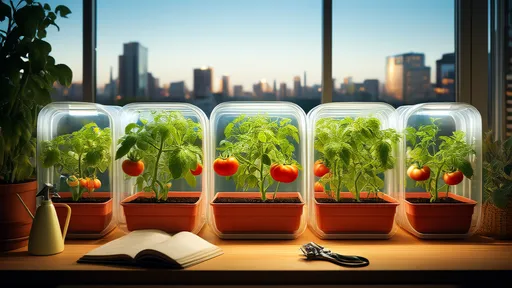
By /Aug 1, 2025
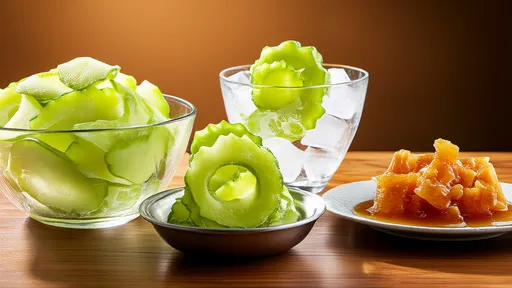
By /Aug 1, 2025

By /Aug 1, 2025

By /Aug 1, 2025
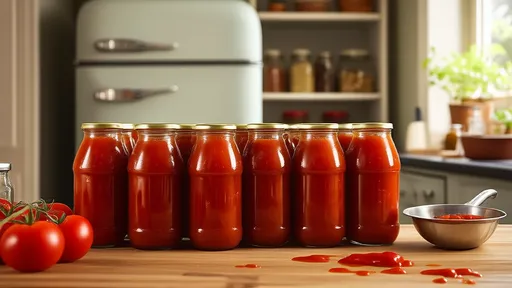
By /Aug 1, 2025
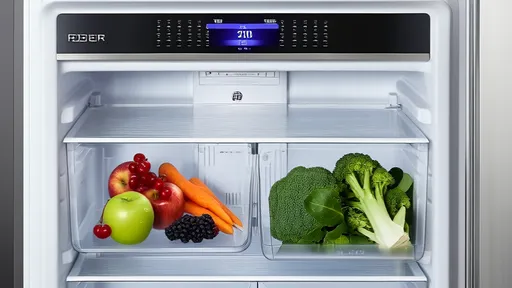
By /Aug 1, 2025

By /Aug 1, 2025
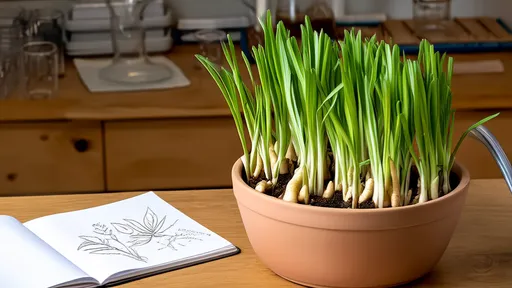
By /Aug 1, 2025
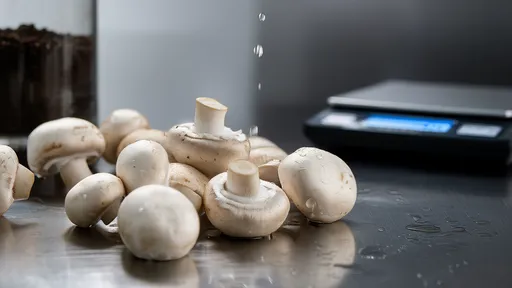
By /Aug 1, 2025
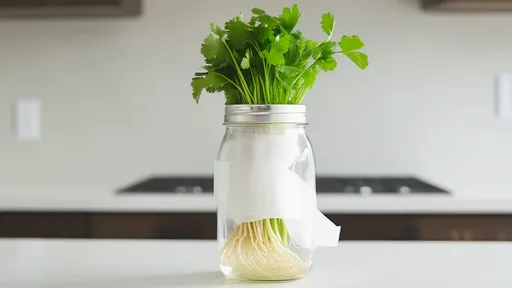
By /Aug 1, 2025

By /Aug 1, 2025

By /Aug 1, 2025
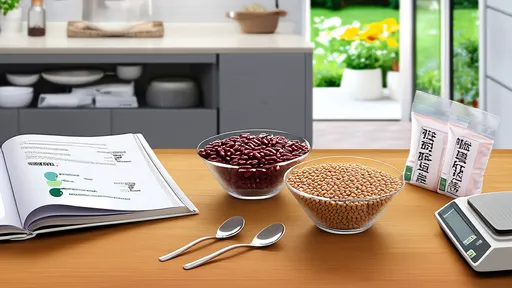
By /Aug 1, 2025

By /Aug 1, 2025

By /Aug 1, 2025

By /Aug 1, 2025
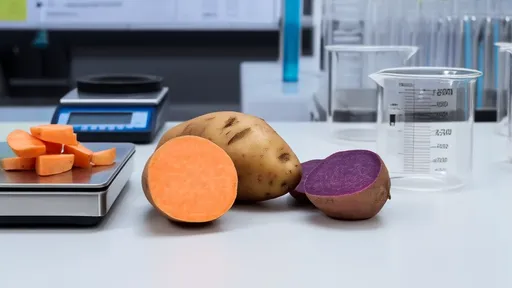
By /Aug 1, 2025
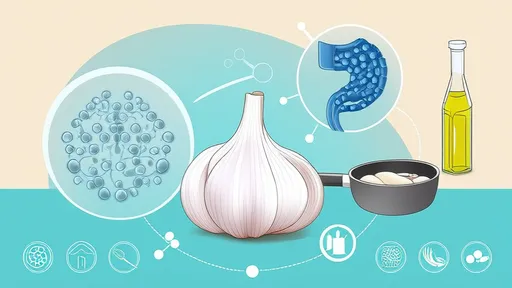
By /Aug 1, 2025